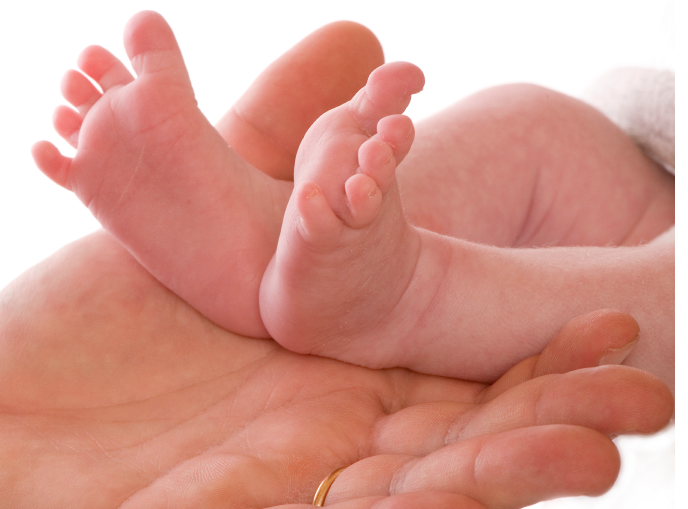
When customers enter Two Rivers Treads, questions always arise about pronation. Many of them in the past have been labeled pronators by well-meaning employees at other running stores. Some claim that they have classified as supinators. They want shoes that fit. They want to run injury-free. Yet it’s not something as simple as asking them to walk or jog ten steps across the store floor, and come up with an instant diagnosis. This kind of evaluation won’t help the runner find the right shoe.
So the first thing we do with these customers is have a conversation. We explain what pronation is. Then, we discuss the shoe-fitting process. We don’t rush through this either. Every runner is unique. Some will need shoes with greater or lesser support and mobility control, depending on his or foot strength.
Pronation is a normal function in the gait cycle, just as bending the knee or extending the hip. Pronation control can be achieved with your foot (ideally), with a shoe/insert (maybe), or both. Maximum pronation actually occurs when your heel is off the ground, so the foot’s role in this is critical.
Let’s start with the foot itself, a remarkable engineering feat as described by Leonardo DaVinci: 28 bones, 4 arches, and the accompanying muscles and ligaments make the foot the “quarterback” of all motion. The foot is not locked in place to hand the ball off to other parts of the kinetic chain, but rather dynamically moves to balance, stabilize, and propel one forward. The actions are controlled by our muscles and our brain, hence the term neuromuscular control.
Your arches are mobile, absorbing shock and then stabilizing the foot when you walk and run. In normal pronation the arch flattens (notice I did not say collapse) in midstance as a natural shock absorption mechanism. The foot unlocks and splays to spread out the load. Two structures are at work here. The plantar fascia is a tendon (it cannot actively shorten or lengthen) and provides restraint to maintain structural support to the foot. The critical muscle is the Flexor Hallicus Brevus (FHB) which contracts to stabilize the arch throughout the stance phase. During toe off the plantar fascia and FHB assist supination, or locking of the foot, to allow takeoff on a rigid lever.
Children running barefoot naturally feel the ground and reflexively their muscles work to provide the pronation control. Runners (with or without shoes) who have strong feet have the ability to control the motion just fine. The foot works best when it receives sensory information on where it’s landing, and a firm surface is best for feedback. Overly soft shoes delay the feedback Remember that a runner’s foot is on the ground for only .15 to .17 seconds, so the pronation control must be immediate and strong.
For most modern-day runners, spending a lifetime in stiff, overly cushioned, and supportive shoes has diminished their natural pronation control. The shoe has assisted or determined their pronation control.
To see for yourself. Try standing on one foot on the ball and balancing. Can you hold the position for a second? Ten seconds? Thirty seconds? Can you pop off the ground with springy recoil while jumping rope? If you are having difficulty, then you may need to take certain measures if you want to transition to more natural pronation control and run in a true minimalist shoe.
Why is natural pronation control better? The foot is the magic spring that adds elastic recoil to our stride. This is free energy. When the foot is constricted by a rigid shoe, it cannot work as a spring and you need to apply more muscle to the stride. More muscle use is equated to more fatigue; and consequently there’s potential for more injury.
So my recommendation to all runners is to make a gradual transition if you want to strengthen your feet. Do plenty of walking barefoot and in minimalist shoes. Start the running transition slowly and remember your muscles, tendons, ligaments, and bones are adapting and do not have the capacity for the added load yet. Think it as if a farmer had given you a calf when it was born. Every day you lift the calf. Within two years you are lifting a cow. Do supplemental foot strengthening through the day. Stand on one foot, balance on the ball, walk barefoot in the house and outdoors where you can. This can only help your running. You may have a little soreness like with any new training. Tissues are lengthening and strengthening. Extreme soreness means you are progressing too quickly and asking the tissues to do too much too soon.

Good stuff Doc. C, and for a Physician and a Runner, may I say you write very well.
A related but sensitive matter is that of the excess weight some of us are carrying. The feet and its limits may have developed when we were in our teens. Now that we are 50 pounds beyond that, may be difficult for poor feet to adapt to? From my personal experience.
The flip side is that when the excess weight goes away, not easy, the feet seems to remember the good old days with ease.
Pronate and supinate? Wrong on both counts. Feet invert and evert. Check your textbook. (drilled into my head by my wise teacher)
jessica, my textbook says that pronation is eversion, external rotation, and dorsiflexion, and that supination is inversion, internal rotation, and plantarflexion. 🙂
Had to laugh at that last one eric – i just love it when people who think they know it all (yet are obviously very limited in their knowledge) are politely informed of their mistake/s.